Mantis shrimp are crustaceans with elongated bodies and specialized body structures. They are distantly related to crabs, lobsters, and, of course, shrimp. Their front limbs are the most specialized, and some species use them as weapons. In these species, the limbs become calcified which allows the shrimp use them as clubs.
While most members of this taxonomical order of crustaceans are around four inches long, some can grow well over a foot in length! Read on to learn about the mantis shrimp.
Description of the Mantis Shrimp
This crustacean superficially resembles other shrimp, but differs greatly in behavior from its cousins. They have long bodies, but the second pair of legs is specially adapted to hunt prey in many species of mantis shrimps.
These shrimps also have mobile eyes that they can move independently from one another, allowing them to better locate prey. Their complex eyes can see in both color vision and in ultraviolet.
Interesting Facts About the Mantis Shrimp
These surprisingly vicious predators actually pack quite a punch. Learn more about the mantis shrimp’s adaptations for killing prey below.
- Two Types – Generally, mantis shrimp fit into one of two categories: smashers, and spearers. These categories divide them by what type of predatory claw they use to kill prey.
- Smash vs. Spear – As the names might suggest, smashers smash the prey, while spearers spear the prey. Smasher mantis shrimps have a club-like appendage with mineral deposits. This makes their claw almost like a hammer, and they use this to smash or whack their prey. Spearers have a pointed claw that they use to stab prey.
- Strike Speed – The speed that these shrimp can strike their prey is simply astounding. They hold their claws folded up to their bodies, but they unfold and strike with appalling speed. These creatures can hit prey at speeds of approximately 51 miles per hour!
- Popping Pressure – On top of the force of the actual claw, the prey also has to contend with a second powerful impact. Surprisingly enough, this impact is the bubble produced by the speed of the claw. When they strike, the movement produces vapor-filled bubbles called cavitation bubbles. The popping of these bubbles on impact creates a second shock wave.
Habitat of the Mantis Shrimp
Most species in this group of animals live in rocky or sandy substrates. They like to dig elaborate tunnels, or hide in rocky crevices. They spend all of their non-hunting time inside these protective homes. Their preferred habitats are tropical and subtropical waters, and they avoid colder environments.
Distribution of the Mantis Shrimp
The vast majority of species live in the Pacific or the Indian Ocean, primarily between Africa and Hawaii. There are around 450 different species of mantis shrimp, and not all of them live in this range. However, the greatest species diversity occurs in these two oceans. Other species lives in tropical and subtropical oceans worldwide.
Diet of the Mantis Shrimp
These creatures feed on a wide variety of prey types and species. Their preferences vary based upon the type of mantis shrimp. Smashers prefer prey with hard shells that are difficult for other animals to feed on. They will eat snails, oysters, crabs, other crustaceans, and mollusks. Spearers cannot pierce tough outer shells, and thus primarily feed on soft-bodied animals like fish.
Mantis Shrimp and Human Interaction
A number of cultures eat these shrimp, and some species do well in aquariums. Japan, Vietnam, China, Hawaii, the Philippines, and the Mediterranean are countries that eat mantis shrimp quite often. Usually, people only target a specific species or two for consumption, and because of this the impact on the population varies by species.
Researchers see some species as interesting enough to keep in aquariums. However, in private aquariums, many people see them as pests because they will eat the other animals in the tank and can even break the glass if they strike it with their claws.
Domestication
Humans have not domesticated mantis shrimp in any way.
Does the Mantis Shrimp Make a Good Pet
No, mantis shrimp do not make good pets. On top of the difficult maintenance of a saltwater aquarium, these shrimp pose additional concerns. You cannot handle them, and they can actually produce a significant gash if they strike you. They will also eat the other animals in the tank, and can potentially break the glass of the aquarium.
Mantis Shrimp Care
More experienced aquarists can house mantis shrimp in aquariums. The peacock mantis is the most popular species in aquariums because they are quite colorful. They require rock or sand to tunnel in, and prey to feed on. Unfortunately, if they accidentally get into a tank via live rock, they can be very difficult to remove from the tank.
Behavior of the Mantis Shrimp
Most species are solitary and highly territorial. They defend their burrows from other animals and rival shrimps. They will fight with one another, and use fluorescent colors to signal territory and threats. However, some species of mantis shrimp are monogamous, and will continue to breed with the same shrimp year after year. In these species, a pair will defend the burrow together.
Reproduction of the Mantis Shrimp
The exact reproductive habits vary greatly by species, and different species will reproduce at different rates. Most will breed anywhere from 20 to 30 times in their lifespan. After breeding, some species lay their eggs within the burrow, and some carry them under their tails.
They carefully tend their eggs to ensure they receive plenty of oxygen-rich water and do not grow any algae. Both males and females will care for the eggs and ensure their safety and cleanliness.

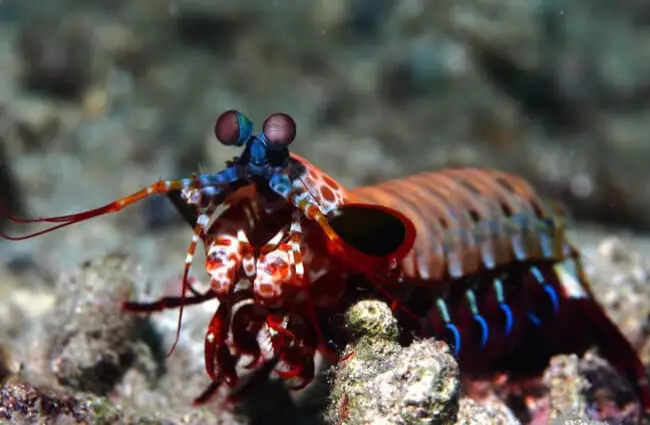
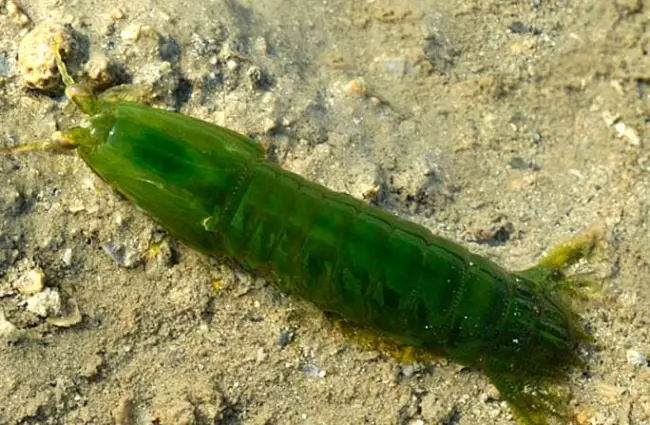
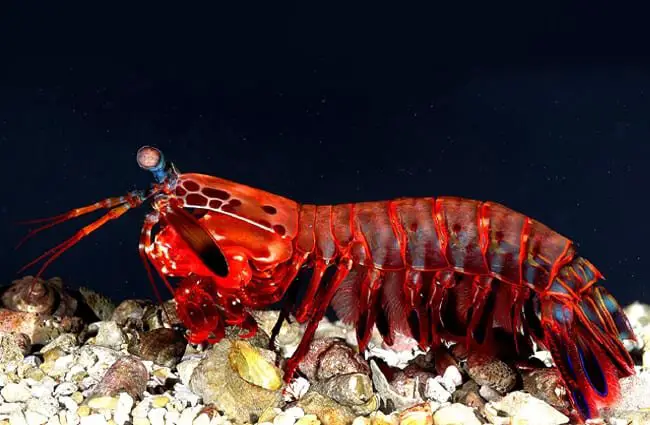
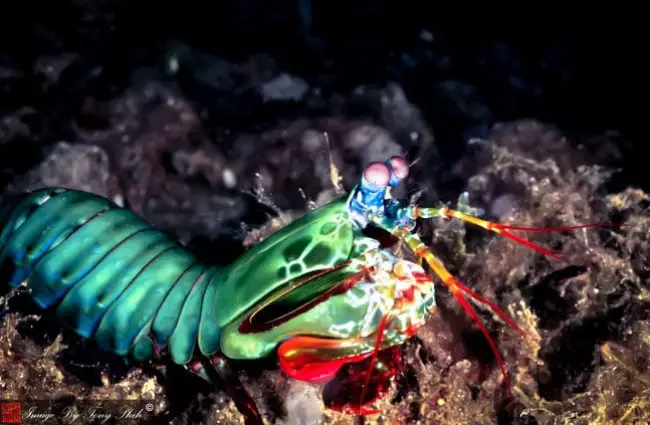
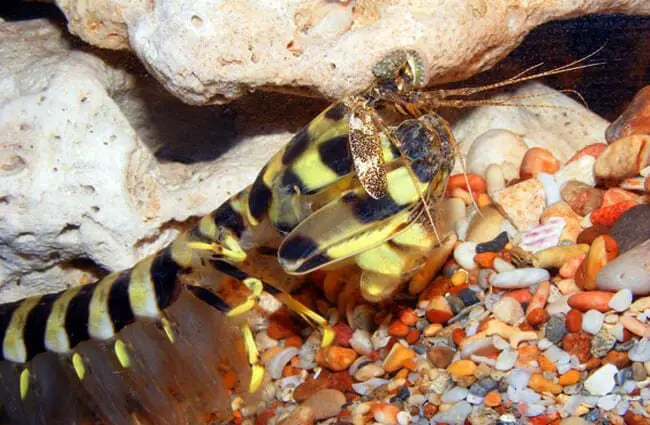
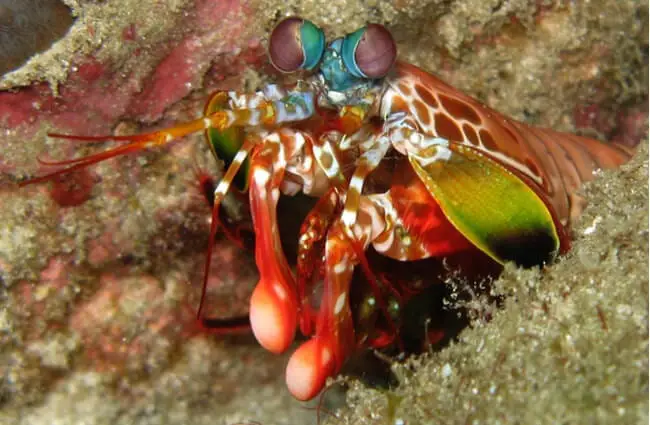

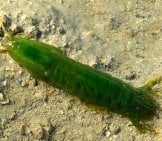

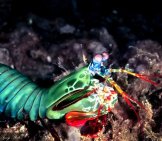
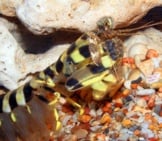



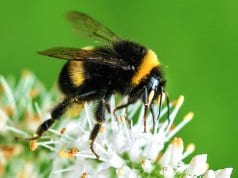










![Red Angus Closeup of a beautiful Red Angus cowPhoto by: U.S. Department of Agriculture [pubic domain]https://creativecommons.org/licenses/by/2.0/](https://animals.net/wp-content/uploads/2020/03/Red-Angus-4-100x75.jpg)

